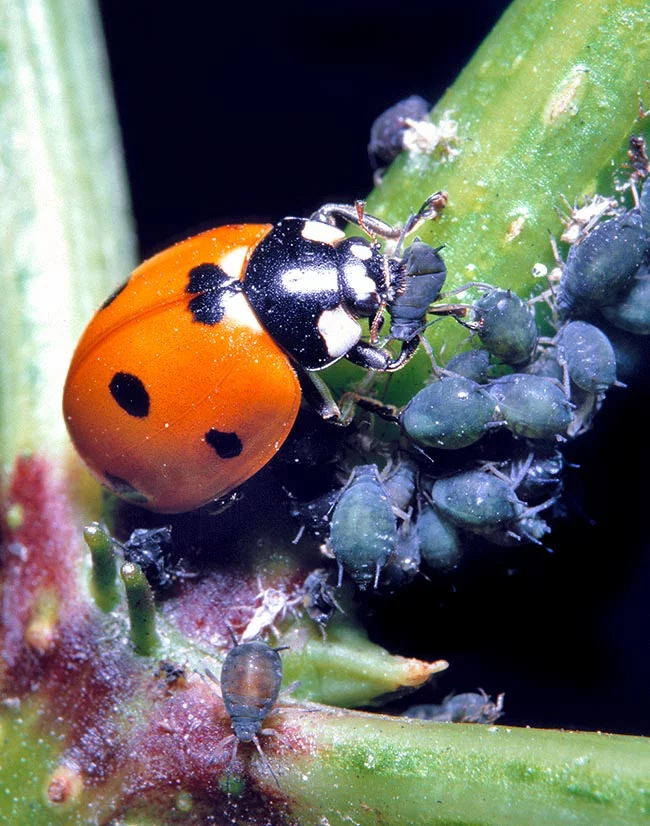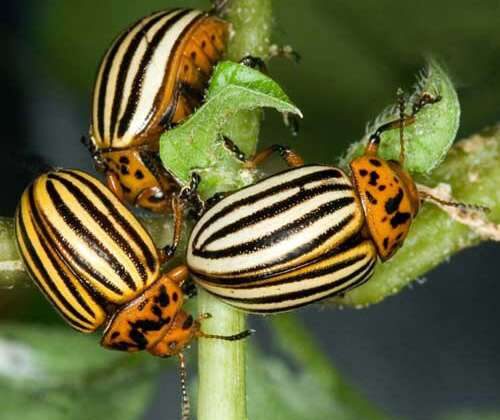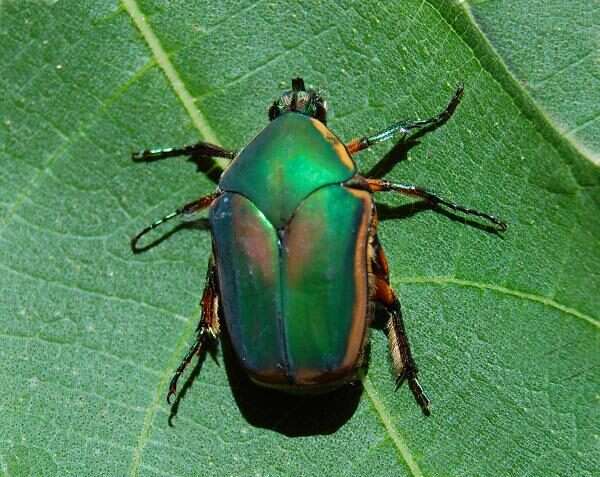
This beetle that consumes cotton buds and blooms, is known as the boll weevil. It is believed to be a native of Central Mexico, and it entered the United States from Mexico in the late 19th century. By the 1920s, it had spread to all U.S. cotton-growing regions, wreaking havoc on the industry and the workers in the American South. It developed into a significant pest in South America in the late 20th century as well. In many areas, full-scale production has been permitted to resume since 1978 thanks to the Boll Weevil Eradication Program in the United States.
Geographical Location
The places where cotton is grown include Central America, Mexico, Cuba, and the southern United States. It arrived in the United States from Mexico in the late 1800s.
Habitat
The boll weevil resides in and near cotton-growing regions. It reproduces and grows inside the cotton plant in the spring. It spends the winter amid the nearby rubbish and leaf litter.
Physical Description
- Adult boll weevils have fine, hair-like scales covering them and are little (4–7 mm) beetles.
- They have a long nose or beak that is roughly half as long as their body. Although its color changes with age and sex, it is primarily brown and can range from yellowish to very dark brown.
- On the inside of each of their front legs, they feature a characteristic double-toothed spur. White grubs make up the larval stage.
- The grub changes into a brownish pupa that resembles an adult in several ways.

Feeding
Only cotton and closely related plants are home to and provide food for the boll weevil. They consume the cotton flower’s buds and seed pods (bolls).
Reproduction
Adult boll weevils fly to cotton fields in the spring and graze there for three to seven days. After mating, the female weevils burrow into the cotton plant’s blooms and bolls to lay their eggs.
Economic Importance in Humans Life
Negative
- Whole cotton crops can be destroyed by the boll weevil. Weevil infestation causes the bolls to become yellow and drop off the plant, destroying the cotton fibers. Infested cotton plants may continue to develop, but they will produce fewer bolls, which are the plant sections that yield the cotton fibers we use.
- Since it was unintentionally brought from Mexico in the 1800s, the boll weevil is a notorious pest that has been “the misery of cotton growers throughout the United States.”
- Up until recently, controlling the Boll Weevil on cotton crops in the United States frequently necessitated the application of numerous chemical pesticides. Although things are changing, certain regions still use significant amounts of harmful pesticides in commercial cotton farming.
- The Boll Weevil has been eradicated from multiple states thanks to a programme sponsored by the Animal and Plant Health Inspection Service of the US Department of Agriculture.
Why do they not keep them as pets?
These insects are regarded as pests since they can harm any cotton plant output where they are present. The United States of America’s cotton producers have lost almost $13 billion to this evil insect over the years.
Table





